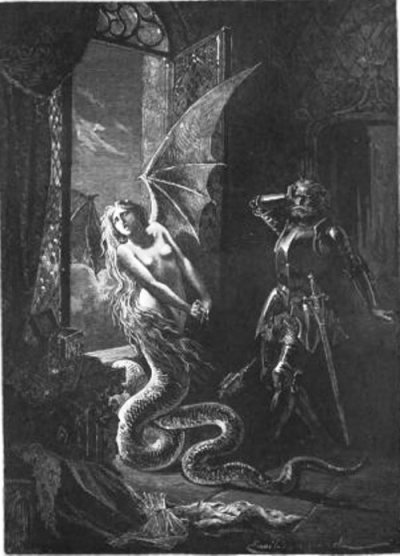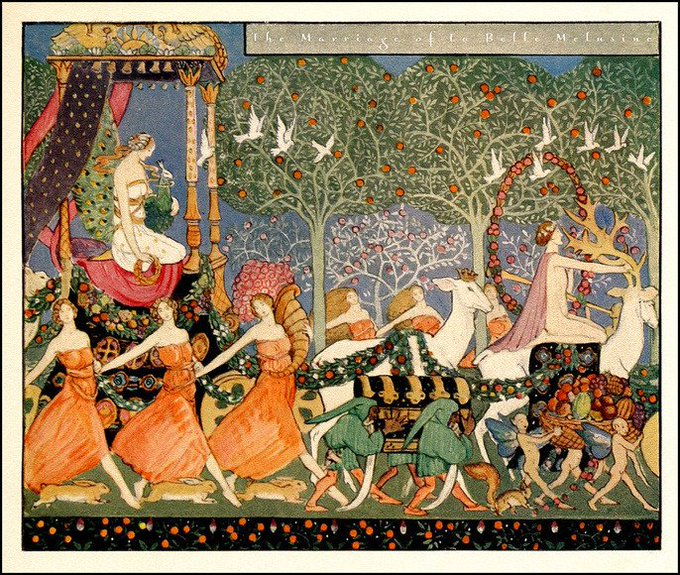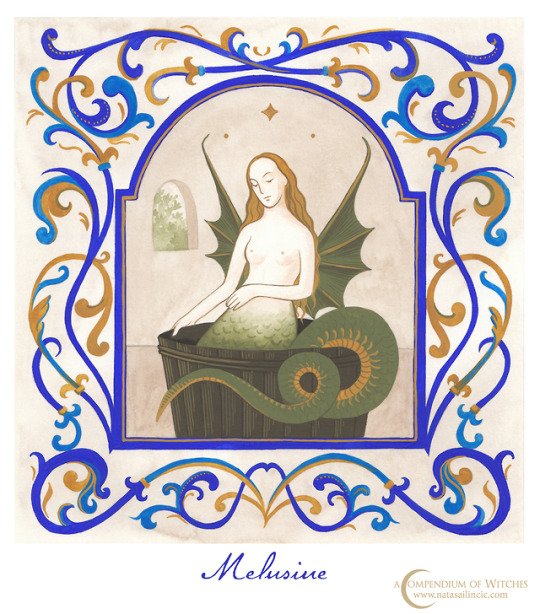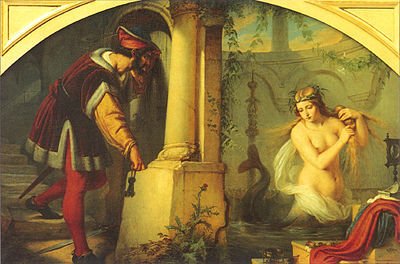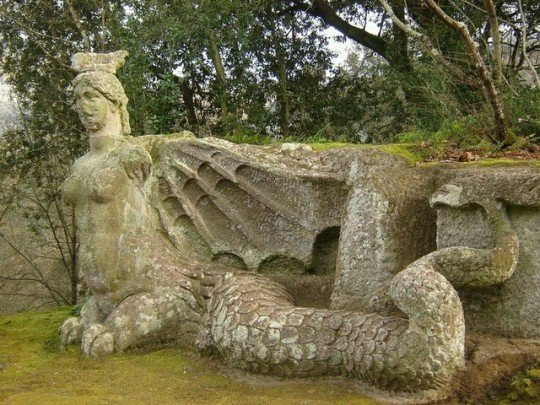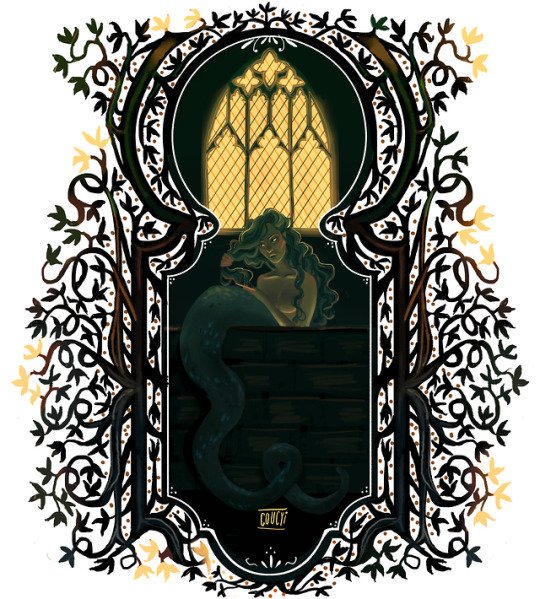There is now a brand NEW online resource for fairy tales used in television and streaming media programming!
The site is called
and looks like this:
(the FTTV letters standing for Fairy Tale TV)
It's based on (but will be continually expanded from) the teleography of the wonderful 2014 scholarship book, Channeling Wonder, edited by Pauline Greenhill and Jill Terry Rudy, printed by Wayne State University Press. The book is not just an excellent study, it is also very accessible to read and useful for all types of educators. This is both a fun read and educational! We highly recommend this book, as we do with anything Pauline Greenhill and Jill Terry Rudy are involved with. These folks make it their job to keep up with shows and media from all over the world, to keep track of how people are using fairy tale narratives and motifs. (A pretty awesome job, if you ask us!)
And yes, the aim is to make the website as currently useful as possible, so you will be able to find shows that appeared after 2014, and are airing now, too.
We also want to be sure to point out that this website includes an excellent blog too, carrying over from the original Visualizing Wonder blog, with interesting articles and musings on how fairy tales are being used in TV and media. We'll return to this shortly. First let's explain what the main website is for.
The new FTTV website gives this brief description on the front page, so that people looking to use the database, have an idea of how to use it in their own work and studies:
Database of Fairy Tales in TV Shows, Movies & Other Media
The Fairy Tale TV database is our collection of TV shows, movies, and other media that fit the description of both fairy tale and television. It is a searchable database that categorizes the media by series and episode title, genre, broadcast date, and tale type.
It can be used to see all instances of a single tale type, sort through different series’ use of fairy tale and genre, visualize the relative distribution throughout the decades of tale types and fairy tale television, and provide data for many other research questions. The database is most useful when analyzing FTTV across time and tale type in pursuit of either a broad view or in looking at specific examples of FTTV in certain genres or tale types.
 |
| Jill Terry Rudy reading her co-authored book - check out how that book came to be HERE. The article simply explains how this area of study began and has revealed just how widely fairy tales are used in TV |
It also gives a brief summary of the Data Visualization used on the site (interactive and accessible graphics! charts! correlating data points with fairy tale types!) as well as the Teleography of the project, which is still under construction.
If you're studying tales in the media, or trying to hunt down those shows that have influenced your own fairy tale work, then you're probably already excited to dive in.
If you're studying tales in the media, or trying to hunt down those shows that have influenced your own fairy tale work, then you're probably already excited to dive in.
If you're an artist, writer, or other creative (instead of, or in addition to being a scholar) and wondering if it might be useful to you too, the answer is also YES! (The awesome illustration t the head of the post, used on the cover of Channeling Wonder, is a gigantic hint of the treasures available here.)
Let's tease you a bit with some of the current articles available to read on the blog, to give you an idea of how this information is, and can be, used, as well as why it's important to pay attention to how fairy tales are being used in media today:
Halle Bailey as Disney's new Little Mermaid & Yara Shahidi as the new Tinkerbell
The site gives a great example of how the database can be used, and we're adding it below:
Say, for example, you’re interested in looking at every episode that has to do with the tale type “Cinderella.” Click “filter by tale type” from the drop-down menu next to the search box at the top, type the query into the box, and hit search. Alternatively, type directly into the box next to the heading title above the “Tale Type” column. Both return the same 10 pages of Cinderella-related tv shows. That’s a lot of Cinderellas! Maybe too many. Let’s try narrowing the search by filtering by genre. Type “animation” into the little box next to the “Genre” heading. Now you only have the Cinderellas that have been animated. You can further refine your search with the “Show Date,” “Episode,” and “Series” columns in the same way.
Let’s try searching for something a bit broader. Clear your search preferences with the red “Clear” button on the top right. We’ll use the “Refine Search” box on the left to search for both Cinderellas OR Little Red Riding Hoods. Click “show more” under “Tale Types” in the box, and select all tale types you are interested in. The search will return all episodes that are tagged with either fairy tale. That’s a pretty big list. Filter the search to only shows produced in the 60s and 70s by typing “1960” and “1979” in the “Date Range” box. You can further refine the search with any of the filters for genre or series. Try searching for a specific episode or series within the filtered results by using the large search bar. Clicking “Clear Filters” will clear filters from the left box but will keep results from any search bars.
Hansel & Gretel in "The Simpsons" (TV series) and "Disenchantment" (Netflix series), both created by Matt Groening
You can start your search with any of the tagged categories—episode, series, genre, date of production, or tale type. Don’t be afraid to get specific or go exploring for more obscure series or tale types.
If you're thinking this would be great to explore for fun, you'd be right! This database, because it is working with fairy tales and tale types, is like an idea generator and connector, and a great way to find those shows and episodes you know you've seen but can't remember which series they came from or when.
(Note: Don't be like us when you do a search and immediately start trying to type in the search box. Nothing will happen - and you'll look as silly as we did! When you click on the database link and a new search page comes up, click on the FILTER button FIRST and select it to ALL, or a different preference to get started, otherwise, it will seem like it's not working, even though it is. We don't want you to feel as foolish as we did when we finally figured it out...)
 One note we want to address, as the question came up in a special online launch on Friday this week, of the newest book in the series, Fairy-Tale TV (also by Jill Terry Rudy and Pauline Greenhill, published by Routledge):
One note we want to address, as the question came up in a special online launch on Friday this week, of the newest book in the series, Fairy-Tale TV (also by Jill Terry Rudy and Pauline Greenhill, published by Routledge): The term "television" or "TV" might not seem relevant or correct in these streaming platform days, but in reality, people still talk about "what we're watching on TV tonight" so the term has stuck.
Since the term "TV" is also attached to the series of books published so far under this specialized area of fairy tales studies, it helps to underscore this is an established, and developing area of study as well, and, as media becomes ever-more integrated into our daily lives, a very important subject for ongoing fairy tale study.

























